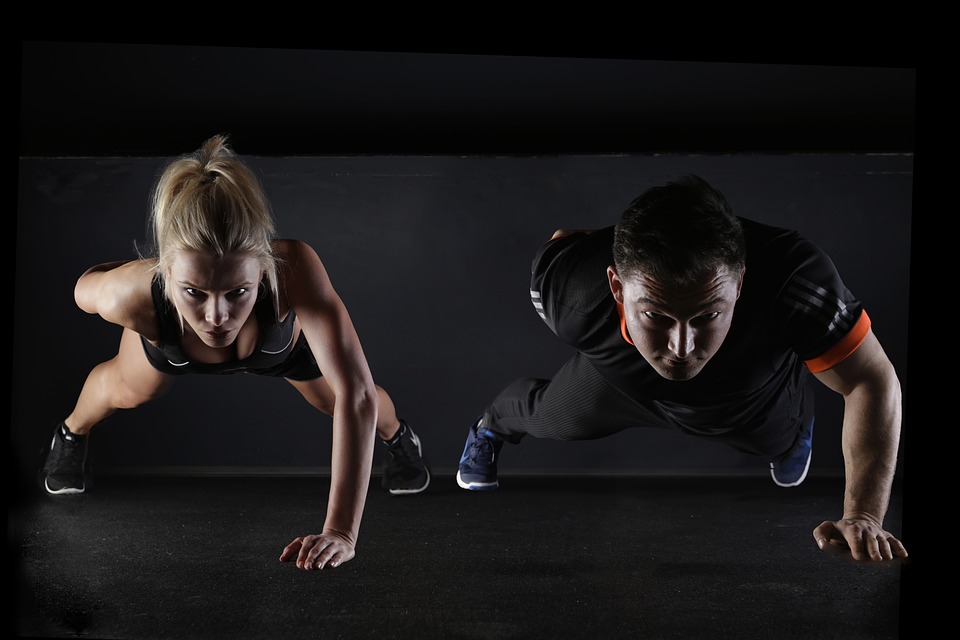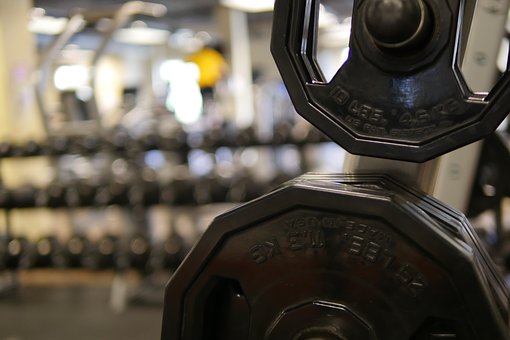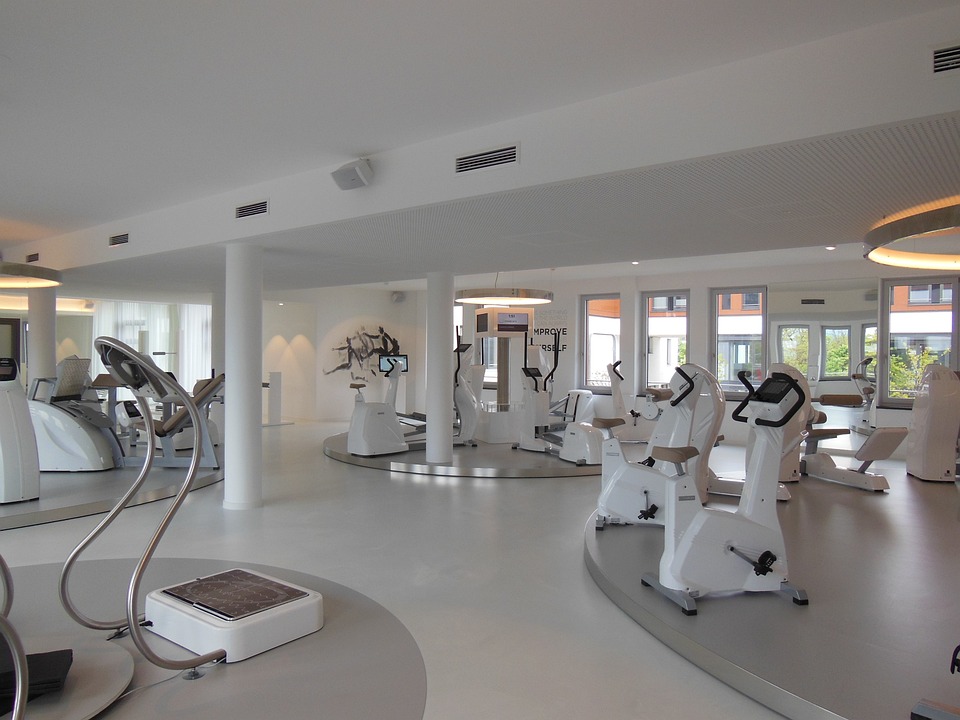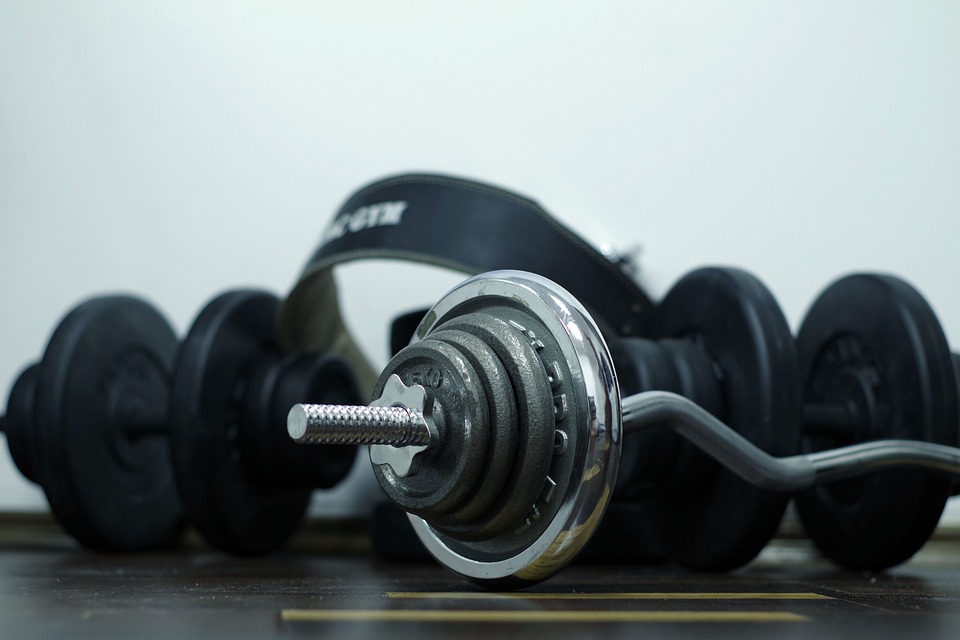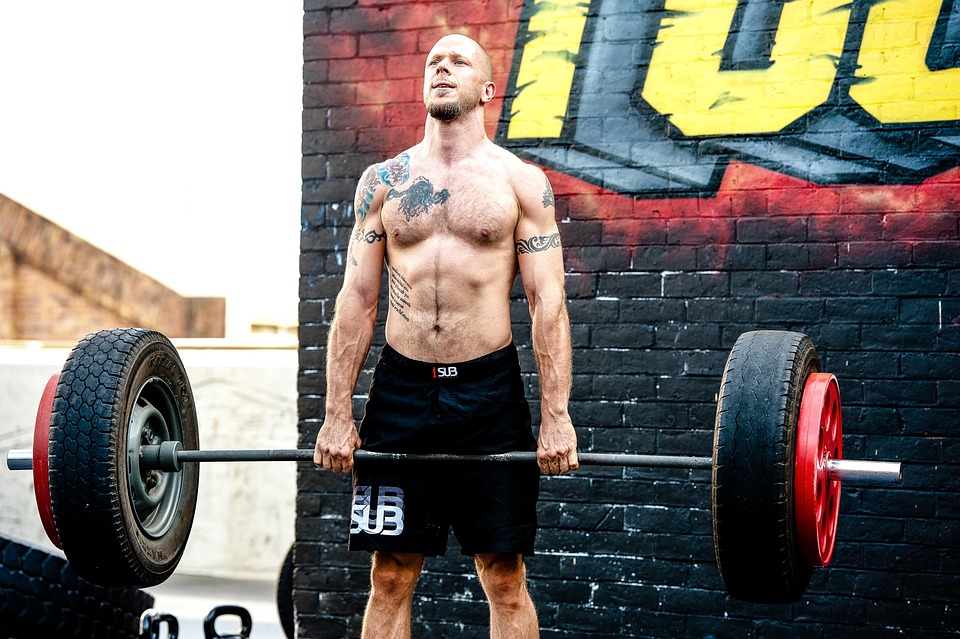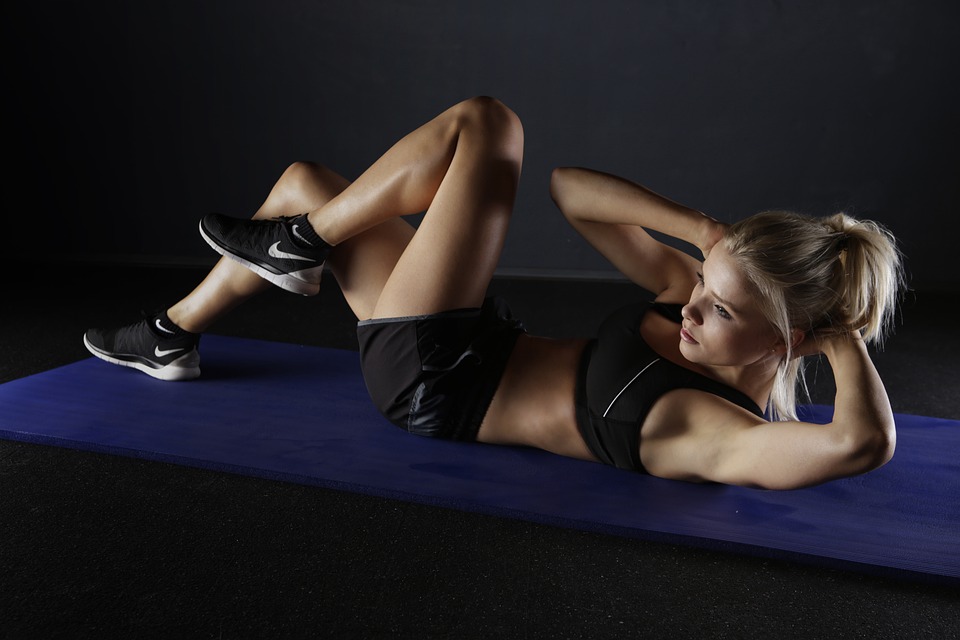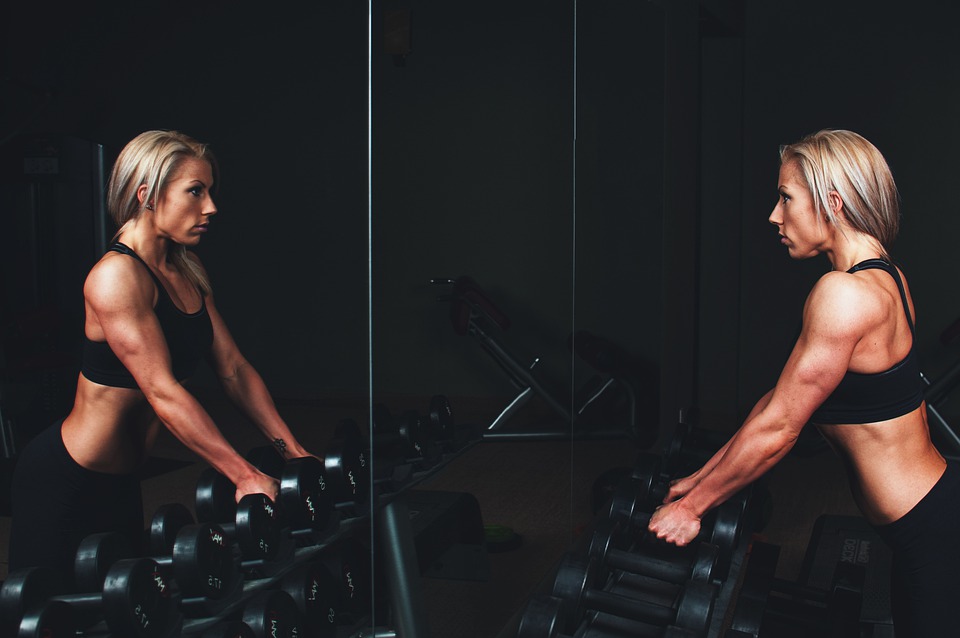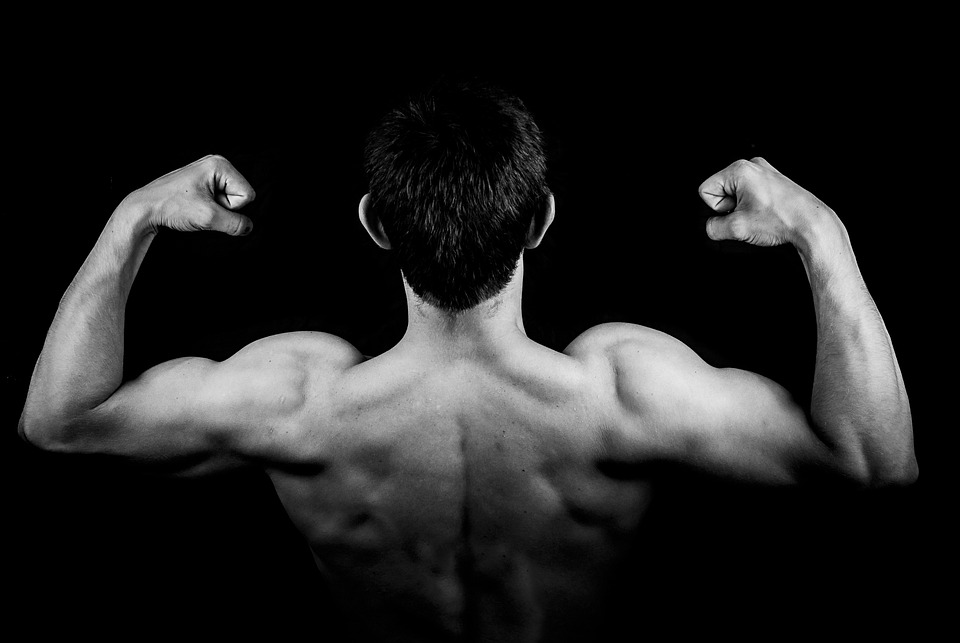
There’s a reason it’s called International Chest Day. Working on your chest should be a top priority if you want to start seeing results in your lifting. One of the best ways to do this is by adding weight plates to the bar. You can train your chest on any day you please, and you don’t need free weights or cables to build an impressive chest.
In pursuit of a strong and muscular chest, people too often overlook the humble push-up. If you do push-ups correctly, you will have a bigger chest, more relative strength, and a higher bench press score.
Even if you are in great shape, performing bodyweight chest exercises can help you maintain your strength. No matter what the reason is that you can’t find a weight bench on Mondays, you should still include bodyweight chest moves in your repertoire.
Push-Up
Do we need to sell you on the push-up? We doubt that you need reminding, but we would be poor trainers if we did not mention that the push-up is a move that works the entire body, including the chest and triceps, better than most other exercises.
You can perform more push-ups to gain more muscle. Push-up has been a staple of training since the beginning because it is effective.
How to Do the Push-Up
Get down on your hands and knees, then raise yourself up onto your toes and stretch your arms out in front of you so that you’re in a plank position. Keep your back flat and your feet together. Screw your palms into the ground. Hold this position to secure it. With your palms flat on the floor, bend your elbows and slowly lower your body until your chest is an inch from the floor. Contract your abdominal muscles and buttocks to keep your back and upper body in a straight line. Drive back up through the palms of your hands.
Parallel Bar Dip
The dip is another bodyweight chest gem. The dip is a variation of the push-up that is performed with the hands gripping a parallel bar. This means that your entire body weight will be involved.
Your triceps will be seriously recruited in all pressing movements, which are essential for a strong bench press lockout. Doing exercises that work both your chest and back muscles at the same time will help to make those muscles stronger by working together.
How to Do the Parallel Bar Dip
Grab the dip bar firmly. Get yourself at the top of the dip position. Lock out your arms. Keep your upper back tight. Squeeze your shoulder blades together. Engage your glutes and brace your core. Angle your torso slightly forward. Your elbows should be bent and slightly tucked in towards the sides of your torso. Bend your elbows until they are at a 90-degree angle. Press through the handles. Rise to the original upright position. Reset and repeat.
Chaos Push-Up
There are a lot of great chest-building tools out there, not just heavy plates and barbells. Resistance bands are a great way to improve your chest muscles, control your movements, and make your joints and stabilizer muscles stronger.
The chaos push-up is a variation of the standard push-up that is done by looping a heavy band around a squat rack. You will engage your stabilizer muscles and slow down your reps by pushing off an unstable resistance band. If you do not perform these with perfect form, the band will give you instant feedback. Plus, spending more time under tension helps you achieve your muscle-building goals.
How to Do the Chaos Push-Up
Grasp the band with your right hand, and stand with your right side to the squat rack Stand with your right side to the squat rack and loop a heavy-duty band around it so it’s horizontal to you and parallel to the ground. Grasp the band with your right hand. The higher up the band, the easier the exercise. The lower the band, the harder you’ll work. Place your hands on the band at shoulder-width. Grip tightly. Bring your legs behind you. Engage your glutes and core. Lower yourself down into a push-up. Press yourself up. Reset and repeat.
Incline Push-Up
The incline push-up is not just an entry-level variation, anyone can benefit from doing this variation. If you are a beginner, it is easier to do the classic move on an incline because you are lifting less of your body weight.
This is not a move only for beginners. Doing fewer reps with more weight won’t help you build muscle mass. Shifting your body’s focus to the lower chest muscles during incline push-ups can help to develop the chest muscles overall.
How to Do the Incline Push-Up
Brace both hands on a bench, a stable bar (perhaps in a Smith machine), bumper plates, or a step platform. Tighten your buttocks and abdominal muscles to keep your upper and lower body aligned. Use a controlled movement to lower your chest until it is just above the slanted surface. Keep your elbows at 45 degrees. Stabilize and push back up to the starting position.
Decline Push-Up
The decline push-up is a great way to build your chest muscles because it is low impact, easy to do more of as you get stronger, and can be done for a lot of repetitions. To emphasize your upper chest and anterior shoulders, try elevating your feet. This will shift some of the focus to those areas.
The decline push-up is a challenging variation of the push-up that requires a lot of core and shoulder stability. Choose your decline carefully to ensure a successful exercise.
How to Do the Decline Push-Up
Place your toes on an elevated surface behind you. Place your hands underneath your shoulders. Push back into your heels. Contract your abdominal and gluteal muscles to maintain a stiff body. Do a push-up but stop when your chest is close to the floor. Keep your elbows at 45 degrees. Press back up to the starting position.
Plyo Push-Up
An advanced plyometric variation of the push-up is where your hands leave the ground. After driving up, the individual will then explosively take their hands off the ground and smoothly descend into another push-up.
Exercises like this train the fast-twitch muscle fibers, which can grow more than the slow-twitch fibers. The ability to press lighter weights quickly is likely to improve your performance on exercises that are slower but use heavier weights, such as the overhead press and bench press.
How to Do the Plyo Push-Up
Get into a push-up position with your body rigid. To do a push-up, start by lowering your body down into a plank position with your elbows at a 45-degree angle. Before your chest reaches the floor, push up quickly so your hands come off the floor. Catch yourself by placing your hands on the ground and bending your elbows. Use that bend to lower into another push-up. Rinse and repeat.
TRX® Push-Up
TRX can improve your push-up technique. The TRX is similar to the chaos push-up in that it is unstable and will give you feedback if anything is wrong.
You can make this exercise harder or easier by adjusting your foot position. This text is explaining how this exercise tests your core strength and shoulder stability while also training your chest muscles.
How to Do the TRX® Push-Up
Grasp the TRX straps with your hands placed underneath your shoulders. Set up your feet in your preferred position. To straighten your body, engage your glutes. Slowly lower into a push-up. To complete this movement correctly, keep your elbows at a 45-degree angle until they are level with your torso. Pause and press back up.
What Are the Best Inner-Chest Exercises?
A touchy subject in the strength and conditioning community is targeting a specific portion of a muscle. If a muscle fiber is contracted, it is either contracting fully or not contracting at all. If you recruit part of the chest muscle, you’re going to recruit the whole muscle. In the case of the chest, the same nerves that control the inner part of the muscle also activate the other regions – the upper, lower, and outer parts. But there are a few exercises that come close.” There is no such thing as exercises that perfectly isolates one part of your muscles, but there are some exercises that come pretty close. You can target the inner pec fibers to help build that area.
Rusin lists his favorite exercises for targeting the inner pecs below.
1. Hybrid Flye-Press Combo
According to Rusin, the hybrid flye-press combo is particularly effective at targeting horizontal adduction at the top of the movement. This exercise goes against the belief that you have to do these really long moment-arm flyes in order to work the muscles effectively. Some lifters believe that using a spotter during a bench press gives them a better stretch on the pecs, but this technique is actually quite dangerous for the elbows. Chris Rusin says that this technique is not necessary.
According to Rusin, it is better to use cables rather than dumbbells for this move, because they provide constant tension. He says that when the arms are in a vertical position with dumbbells, we lose our line of pull. When you elbow and shoulder joints are stacked on top of each other, there is no tension on the pecs and the weight is just resting on the joints. The pulley system on cables keeps the weight resistance on your muscles throughout the full range of motion, instead of just at the beginning or end of the motion.
How To Do the Hybrid Flye-Press Combo
Step 1. Place an adjustable bench at a slight incline between two cable columns. Single-grip/stirrup handles should be attached to the pulleys at the lowest positions.
Step 2. Grasp both handles and lie back on the bench. Your elbows should be bent about 90 degrees. You should arrange the pulleys so that they are in line with your shoulders, and the cables should run at a 90-degree angle to the weight stacks. If the pulleys are not in the correct position, move the bench either forward or backward. If you would like, you can rest your feet on the bench to make the exercise more challenging.
Step 3. To do this exercise, start by pressing the handles up, then drawing your hands together until they nearly touch at the top. Make sure that your arms are fully extended over your upper chest. Pull your arm muscles tight and imagine your pecs working as you squeeze the contraction. Then, lower your arms slowly back to the starting position.
2. Hammer Squeeze Press
This exercise combines a pressing movement with an added focus on horizontal adduction, courtesy of squeezing a light medicine ball between your hands.
“This exercise is fricking amazing,” says Rusin. ” This will immediately cause that section of the pecs to work. It’s a workout that will make your inner pecs area sore in a good way. This will blow you up.”
How To Do the Hammer Squeeze Press
Step 1. Sit on the bench with a 15 to 45-degree incline and hold a pair of moderate-weight dumbbells with a light medicine ball in between them. The reason for using a medicine ball is to have something to squeeze, not to add more resistance. Choose a ball that is light, preferably made of leather or Kevlar, so it won’t slip out of place. Having a partner place the ball between your hands and squeeze your hands together, or bear hug the ball with the dumbbells and then getting into position will help you to properly squat.
Step 2. Sit on the bench with your arms extended straight upward and palms facing each other. Squeeze the ball with your chest muscles to help keep it in place. Imagine your inner-pec muscles working hard throughout the entire exercise.
Step 3. Keeping the weights close to your body, bend your elbows to lower the dumbbells down to your chest.
Step 4. When the ball is on your upper chest, press it back up to the arms-extended position, squeezing it hard the whole time.
3. Diamond Pushup
To target your inner pecs with a pushup, simply narrow your hand spacing into what is known as the “diamond” position. In this position, the tips of your index fingers and thumbs touch each other, forming a diamond shape between your hands.
This means that the muscles that are the most difficult to build are the ones that cannot be felt. “That’s why I like using the diamond pushup. You are more likely to be able to develop your pecs if you can feel them working while you are working out.
How To Do the Diamond Pushup
Step 1. Start in a pushup position with your feet and hands on the floor and your body in a straight line from your head to your feet.
Step 2. Place your hands close enough together so that your index fingers and thumbs are nearly touching. Your hands should be spaced apart so that they form a diamond shape.
Step 3. To lower yourself toward the floor, bend your elbows. Press back up to full elbow extension with explosive force when your chest touches your hands. Draw your hands closer together without moving them and tense the muscles. Focus your mind on contracting the inside of your chest.

